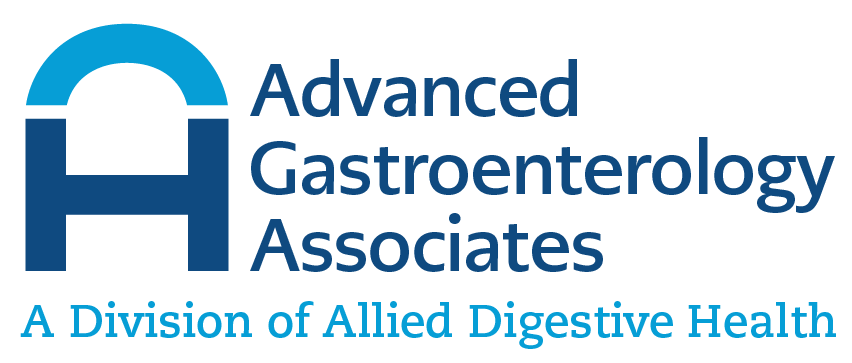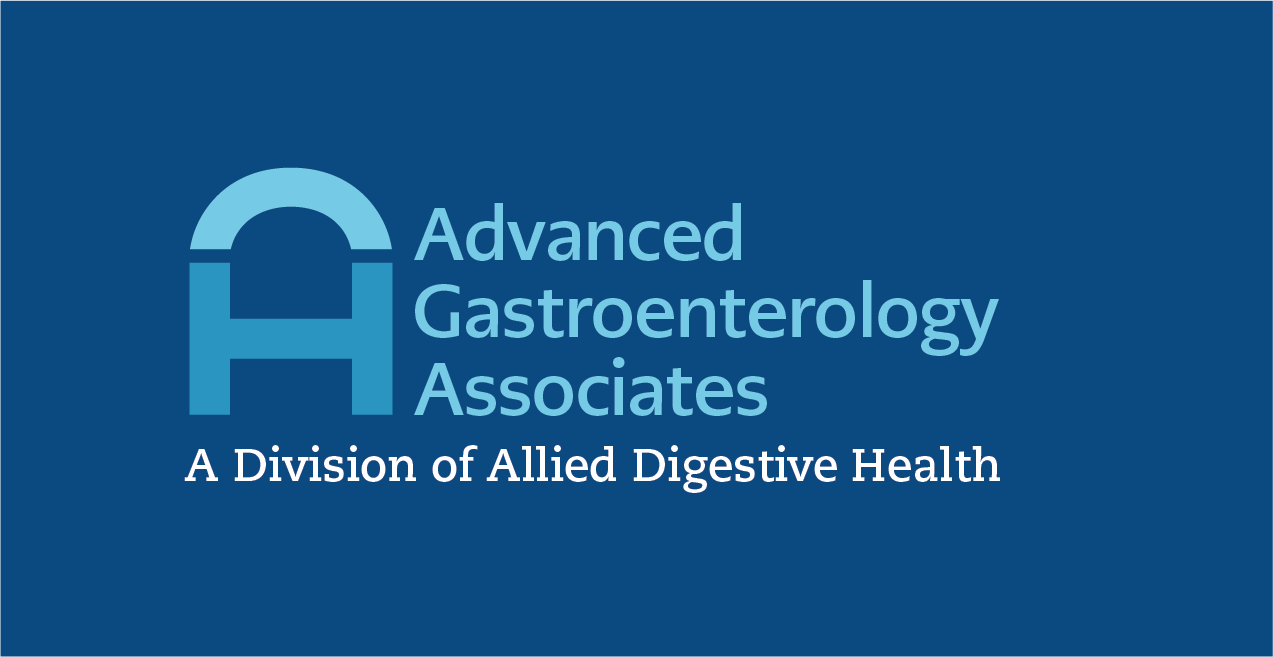PURPOSE
Gastroparesis is the medical term for delayed stomach emptying. During the process of digestion, the stomach must contract to empty itself of food and liquid. Normally, it contracts about three times a minute. This empties the stomach within 90-120 minutes after eating. If contractions are sluggish or less frequent, stomach emptying is delayed. This results in bothersome and sometimes serious symptoms, as well as malnutrition, because food is not being digested properly.
Gastroparesis may be caused by various conditions such as diabetes mellitus, certain disorders of the nervous system, or certain drugs. Often however, no cause can be found although a viral is suspected in some. Usually, the physician prescribes medication to stimulate the stomach to contract. The purpose of the Gastroparesis Diet is to reduce symptoms and maintain fluids and nutrition. There are three steps to the diet:
- STEP 1 DIET: Consists of liquids, which usually leave the stomach quickly by gravity alone. Liquids prevent dehydration and keep the body supplied with vital salts and minerals.
- STEP 2 DIET: Provides additional calories by adding a small amount of dietary fat – less than 40g each day. For patients with Gastroparesis, fatty foods and oils should be restricted because they delay stomach emptying. However, patients at the Step 2 level are usually able to tolerate this amount.
- STEP 3 DIET: Designed for long-term maintenance. Fat is limited to 50g per day, and fibrous foods are restricted because many plant fibers cannot be digested.
NUTRITION
The Step 1 Gastroparesis Diet is inadequate in all nutrients except sodium and potassium. It should not be continued for more than three days without additional nutritional support. Step 2 and Step 3 Gastroparesis Diets may be adequate in Vitamins A and C, and the mineral Iron. A multi-vitamin supplement is usually prescribed.
SPECIAL CONSIDERATIONS
1. Diets must be tailored to the individual patient. This is because the degree of Gastroparesis may range from severe and long-standing to mild and easily corrected. Patients may also have various medical conditions to be considered. For example, diabetes patients with Gastroparesis are allowed sugar-containing liquids on the Step 1 Diet, because that is their only source of carbohydrate. On the Step 2 and Step 3 Diets, these patients should avoid concentrated sweets. These are noted with an asterisk (*) on the food lists.
2. On all the diets, liquids and food should be eaten in small, frequent meals. This helps maintain nutrition.
| STEP 1 FOOD GROUPS | ||
| Group | Recommend | Avoid |
| Milk & Milk Products | None | All |
| Vegetables | None | All |
| Fruits | None | All |
| Breads & Grains | Plain saltine crackers | All others |
| Meat & Meat Substitutes | None | All |
| Fats & Oils | None | All |
| Beverages | Gatorade and soft drinks (sipped slowly throughout the day) | All others |
| Soups | Fat-free consommé and bouillon | All others |
| SAMPLE MENU STEP 1 | ||
| Breakfast • Gatorade, ½ cup • Ginger Ale, ½ cup • Bouillon, ¾ cup • Saltine Crackers, 6 | Lunch • Gatorade, ½ cup • Coke, ½ cup • Bouillon, ¾ cup • Saltine Crackers, 6 | Dinner • Gatorade, ½ cup • Sprite, ½ cup • Bouillon, ¾ cup • Saltine Crackers, 6 |
| This Sample Diet Provides the Following | |||
| Calories | 790 | Fat | 9g |
| Protein | 11g | Sodium | 3531mg |
| Carbohydrates | 156g | Potassium | 244mg |
| STEP 2 FOOD GROUPS | ||
| Group | Recommend | Avoid |
| Milk & Milk Products | Skim milk, products made with skim milk, low-fat milk, low-fat yogurt, low-fat cheeses | Whole milk products, creams (sour, light, heavy, whipping), half & half |
| Soups | Fat-free consommé and bouillon, soups made from skim milk and fat-free broths containing pasta or noodles and vegetables are allowed | Soups made with cream, whole milk, or broths containing fat |
| Breads & Grains | Breads and cereals, cream of wheat, pasta, white rice, egg noodles, low-fat crackers | Oatmeal, whole grain rice, cereal and bread |
| Meat & Meat Substitutes | Eggs, peanut butter (maximum 2 tbsp/day) | Beef, poultry, fish, pork products, dried beans, peas and lentils |
| Vegetables | Vegetable juice (tomato, V-8), well-cooked vegetables without skins (acorn squash, beets, carrots, mushrooms, potatoes, spinach, summer squash, strained tomato sauce, yams) | All raw vegetables, cooked vegetables with skins, beans (green, wax, lima), broccoli, brussels sprouts, cabbage, cauliflower, celery, corn, eggplant, onions, peas, peppers, pea pods, sauerkraut, turnips, water chestnuts, zucchini |
| Fruits | Apple juice, cranberry juice, grape juice, pineapple juice, prune juice, canned fruits without skins (applesauce, peaches, pears) | Citrus juices, all fresh and dried fruits, canned fruits with skins (apricots, cherries, blueberries, fruit cocktail, oranges, grapefruit, pineapple, plums, persimmons) |
| Fats & Oils | Any type of fat, but only in small amounts | None |
| Sweets & Desserts* | Hard candies, caramels, puddings and custards made from skim milk, frozen yogurt, fruit ice, gelatin, ice milk, jelly, honey, syrups | High-fat desserts (cakes, pies, cookies, pastries, ice cream), fruit preserves |
| Beverages | Gatorade*, soft drinks*, (sipped slowly throughout the day) | All others, except allowed juices |
| *Concentrated sweets |
| SAMPLE MENU STEP 2 | ||
| Breakfast • Skim Milk, ½ cup • Poached Egg, 1 • White Toast, 1 slice • Apple Juice, ½ cup | Lunch • Mozzarella Cheese, 2 oz • Saltine Crackers, 6 • Chicken Noodle Soup, ¾ cup • Gatorade, ½ cup | Dinner •Peanut Butter, 1 tbsp • Saltine Crackers, 6 • Vanilla Pudding, ½ cup • Grape Juice, ½ cup |
| Morning Snack • Ginger Ale, ½ cup • Canned Pears, ½ cup | Afternoon Snack • Skim Milk, ½ cup • Cornflakes, ½ cup • Sugar, 2 tsp | Evening Snack • Frozen Yogurt, ½ cup • Saltine Crackers, 6 |
| STEP 3 FOOD GROUPS | ||
| Group | Recommend | Avoid |
| Milk & Milk Products | Skim milk, products made with skim milk, low-fat milk, low-fat yogurt, low-fat cheeses | Whole milk products, creams (sour, light, heavy, whipping), half & half |
| Soups | Fat-free consommé and bouillon, soups made from skim milk and fat-free broths containing pasta or noodles and vegetables are allowed | Soups made with cream, whole milk, or broths containing fat |
| Breads & Grains | Breads and cereals, cream of wheat, pasta, white rice, egg noodles, low-fat crackers | Oatmeal, whole grain rice, cereal and bread |
| Meat & Meat Substitutes | Eggs, peanut butter (maximum 2 tbsp/day), poultry, fish, lean ground beef | Fibrous meats (steaks, roasts, chops), dried beans, peas and lentils |
| Vegetables | Vegetable juice (tomato, V-8), well-cooked vegetables without skins (acorn squash, beets, carrots, mushrooms, potatoes, spinach, summer squash, strained tomato sauce, yams) | All raw vegetables, cooked vegetables with skins, beans (green, wax, lima), broccoli, brussels sprouts, cabbage, cauliflower, celery, corn, eggplant, onions, peas, peppers, pea pods, sauerkraut, turnips, water chestnuts, zucchini |
| Fruits | Fruit juices, canned fruits without skins (applesauce, peaches, pears) | All fresh and dried fruits, canned fruits with skins (apricots, cherries, blueberries, fruit cocktail, oranges, grapefruit, pineapple, plums, persimmons) |
| Fats & Oils | Any type of fat, but only in small amounts | None |
| Sweets & Desserts* | Hard candies, caramels, puddings, and custards made from skim milk, frozen yogurt, fruit ice, gelatin, ice milk, jelly, honey, syrups | High-fat desserts (cakes, pies, cookies, pastries, ice cream), fruit preserves |
| Beverages | Gatorade*, soft drinks*, (sipped slowly throughout the day), coffee, tea, water (note: noncaloric beverages should be limited if patient cannot maintain adequate caloric intake) | All others, except allowed juices |
| *Concentrated sweets |
| SAMPLE MENU STEP 3 | ||
| Breakfast • Skim Milk, ½ cup • Cream of Wheat, ½ cup • Sugar, 2 tsp • Orange Juice, ½ cup • White Toast, 1 slice • Margarine, 1 tsp • Jelly, 1 tbsp | Lunch • Tuna Fish, 2 oz • Low-fat Mayonnaise, 2 tbsp • White Bread, 2 slices • Canned Peaches, ½ cup • Gatorade, ½ cup | Dinner • Baked Chicken, 2 oz • White Rice, ½ cup • Cooked Beets, ½ cup • Dinner Roll, 1 • Skim Milk, ½ cup • Margarine, 2 tsp |
| Morning Snack • Low-fat Yogurt, ½ cup • Sprite, ½ cup | Afternoon Snack • Chocolate Pudding, ½ cup • Ginger Ale, ½ cup | Evening Snack • Ice Milk, ½ cup • Pretzels, 2 |
| This Sample Diet Provides the Following | |||
| Calories | 1822 | Fat | 42g |
| Protein | 75g | Sodium | 2334mg |
| Carbohydrates | 286g | Potassium | 2467mg |


